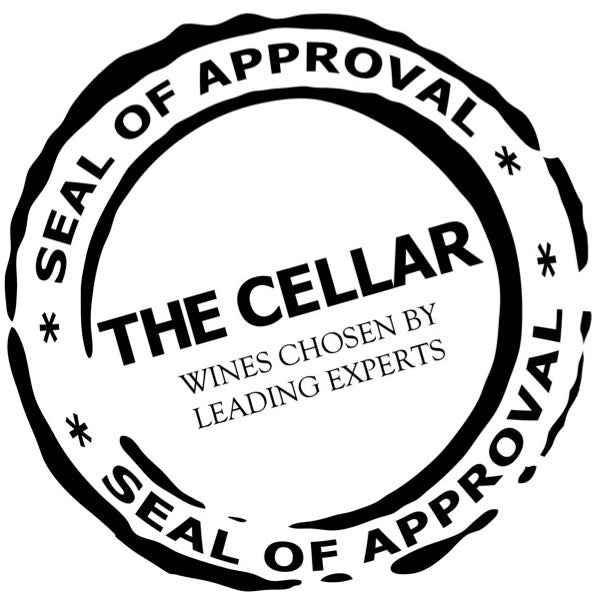Brandy
Brandy is a spirit produced from distilling fermented fruits. Though, Brandy more often then not solely refers to a spirit made from distilled wine - see Eaux-de-vie to learn about other fruit brandies.
When you are thinking about Brandy, two words should come to mind: Cognac and Armagnac. Both of which are the leading regions in world for producing Brandy. They are found in the central west of France and have been producing brandy since the mid-16th century. The grapes that make up the wines, which are distilled for Brandy, are Ugni Blanc, Folle Blanche and Colombard. All of which produce fairly neutral and plain white wines - it is for this reason that they were distilled in the first place as they highly acidic wines weren't selling very well.
Cognac has always been the most important region for Brandy with Armagnac the country-cousin - still true to this day. Cognac's popularity and rise to fame is thanks to the English aristocrats whom imbibed a fair bit from the 17th century to present day. Thanks to this popularity in London many, now famous, gentlemen came and settled to France to make their name, and cash. Amongst these men were Richard Hennessey, Jean Martell and Thomas Hine. Their brands are now some of the most famous spirit brands in the world, and along with Remy Martin these producers make up 80% of total Cognac global sales.
Types of Stills
Both Cognac and Armagnac use variations of the pot-still and column-stills. Cognac's special still is the classical 'alembic' still. Whereas Armagnac distillers use a small continuous still variation of the column-still called the 'Alambic Armagnacais'.
The Alembic has a fat bulbous head with a short neck made this way to ensure that vapours full of impurities (read flavour rich) reach the condenser. The taller the neck, the less impurities are in the resulting spirit thus the short neck produces a rich, complex base spirit. Once the vapours have gone through the condenser, they reach the 'bonne chauffe' where a second distillation occurs. This second distillation separates the spirits into its 'heads', 'hearts' and 'tails' - these refer to the first, middle and final parts of the spirits, respectively. Both the 'heads' and 'tails' are removed not to be used as they are either too high in alcohol or too bland in aromatic intensity. It is the 'heads' which are kept and aged.
The Alambic Armagnacais is quite a small column still a mere 2-3 metres high (a Vodka column still can be 10x the size, if not higher). This short height allows for more vapours to fall back into the heated wine more often - this allows for the vapours to be higher in flavour. As it is a continuous still, the vapours which rise up through the still are sent straight to the condenser once the vapours have reached the top of the still. After going through the conenser the vapours will be pushed through the wine base again to gain more flavour, then will vaporize again. This constant process allows for a rich and aromatic spirit at a fairly high alcoholic proof. Once the spirit reaches between 52 and 72% abv, it is sent straight to French oak barrels.
Maturation
Maturation is the key to Brandy's success and flavour profile. As the grapes and the wines that make up the base of a Brandy (before distillation) are quite neutral in aromatics, the flavour gained from the long ageing in oak barrels is what gives Brandy its unique flavour profile. The key to the most complex Brandy is a long period of time in oak - up to 50 years in oak. Both Cognac and Armagnac use French oak (as you could have probably guessed) due to the proximity of the forrests to their respective regions as well as the flavour profile gained from the oak itself.
Brandies are almost always a blend of a range of barrels and the age stated on the label is either the average age (Cognac) or the youngest spirit in the blends age (Armagnac). This blending process allows for a variety of different aromatic profiles - each barrel will give a slightly different spirit - and it helps to create the 'house style'.
Ageing Classifications
COGNAC
| VS/ *** | Minimum of two years oak ageing |
| VSOP/Reserve | Minimum of four years oak ageing |
| Napoleon | Minimum of six years oak ageing |
| XO | Minimum of ten years oak ageing |
ARMAGNAC
| VS/ | Minimum of one year oak ageing |
| VSOP | Minimum of four years oak ageing |
| Napoleon | Minimum of six years oak ageing |
| XO | Minimum of six years oak ageing but will be closer to ten years |
| Hors d'Age | Minimum of ten years oak ageing |
| Vintage Armagnac | Must be from a single vintage and aged for a minimum of ten years in oak |
Shop our Brandy
